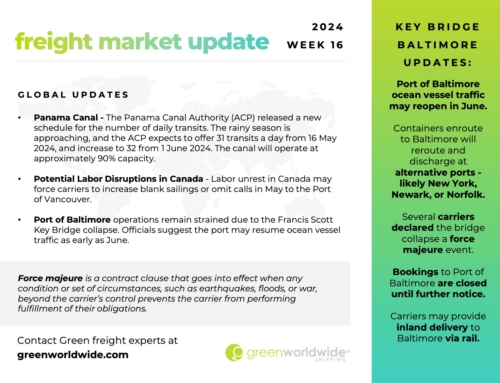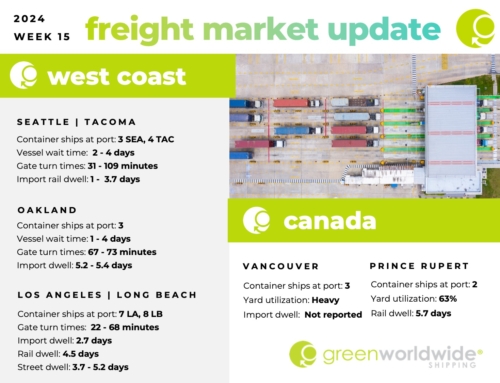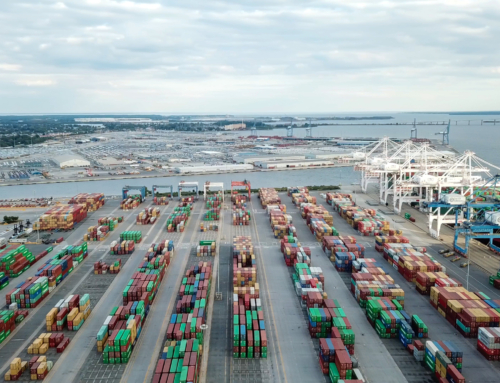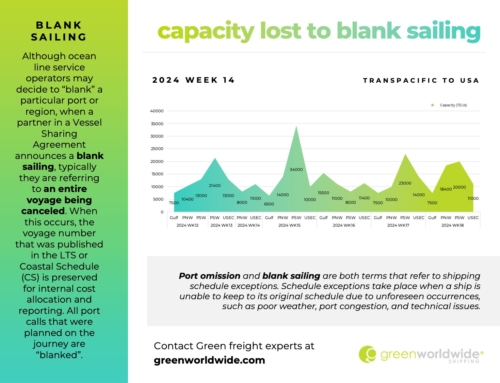The Generalized System of Preferences (GSP) provides duty-free treatment to goods of designated beneficiary countries. The program was authorized by the Trade Act of 1974 to promote economic growth in the developing countries and was implemented on January 1, 1976.
The GSP periodically expires and must be renewed by Congress to remain in effect. All previous GSP renewals that have taken effect after a lapse have included a retroactive clause providing refunds to importers of eligible goods imported during the lapse period.
The 2015 GSP reauthorization (H.R. 1295) will expire on
December 31, 2017.
Barring Congressional action, the Generalized System of Preferences (GSP) will expire for goods entered or withdrawn from warehouse after midnight, December 31, 2017.
Special Procedures for GSP-Eligible Goods
In the event of a lapse and until further notice, importers are strongly encouraged to continue to flag GSP-eligible importations with the SPI “A,” even as they pay normal trade relations (column 1) duty rates on otherwise GSP-eligible importations. Importers may not file SPI “A” without duties.
- CBP is working to have programming in place that, in the event that GSP is renewed with a retroactive refund clause, will allow CBP to automate the duty refund process.
- CBP will continue to allow post-importation GSP claims made via post summary correction (PSC) and protest (19 USC 1514, 19 CFR 174) subsequent to the expiration of GSP, for importations made while GSP was still in effect. CBP will not allow post-importation GSP claims made via PSC or protest subsequent to the expiration of GSP, for importations made subsequent to expiration.
- The pending expiration of GSP has no effect on goods entered with African Growth and Opportunity Act (AGOA) preference.
- Since the GSP does not provide an MPF exemption, its expiration has no impact on the collection of the MPF.
- Goods of least-developed beneficiary developing countries (LDBDCs) listed in HTSUS General Note 4(b)(i) maintain their MPF exemption per 19 CFR 24.23(c)(1)(iv).
- Per 19 CFR 141.68(a)(2) & (3), the time of entry can be as early as the time that the entry documents are filed, provided that the merchandise is within the port limits and such has been requested.
Extension of Liquidation
Requests for the suspension of liquidation under 19 CFR 159.12 pending the reinstatement of GSP will be denied. Questions should be directed to the Trade Agreements Branch at [email protected].
GSP Eligibility
Almost 5,000 tariff items are eligible for GSP benefits:
- 3,500 of which are available to all GSP countries
- 1,500 of which are available solely to Least Developed Beneficiary Developing Countries (LDBDCs)
In order to benefit from GSP, a good must be either wholly obtained or sufficiently manufactured in a GSP country. Sufficiently manufactured means that all 3rd-country materials have undergone a substantial transformation plus at least 35% of the good’s value has been added in the beneficiary country. Additionally, the good must be “imported directly”.
Eligible tariff items are identified by the symbols “A”, “A*” or “A+” in the “Special” sub-column of the HTSUS.
- The symbol “A” indicates that all GSP countries are eligible (HTSUS General Note 4(a))
- The symbol “A*” indicates that certain GSP countries are ineligible (HTSUS General Note 4(d))
- The symbol “A+” indicates approximately 1,500 additional tariff items for which only the LDBDCs are eligible (HTSUS General Note 4(b))
For more information, visit the USTR-US Generalized System of Preferences Guidebook.






